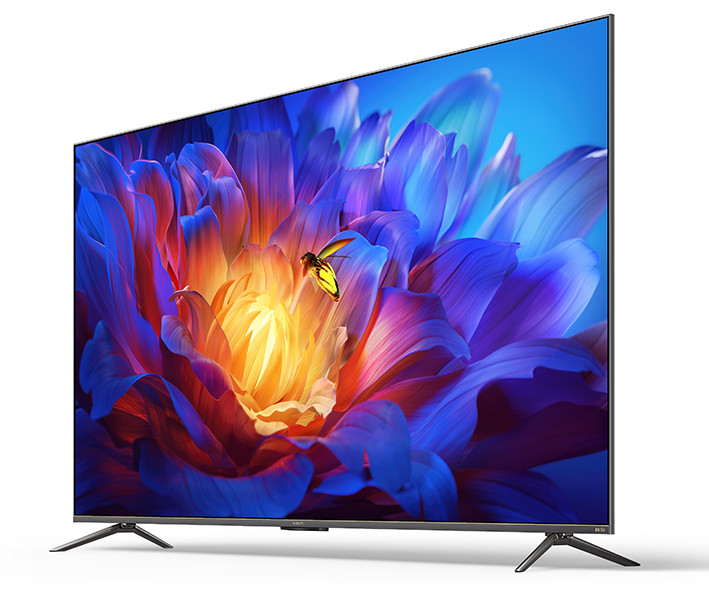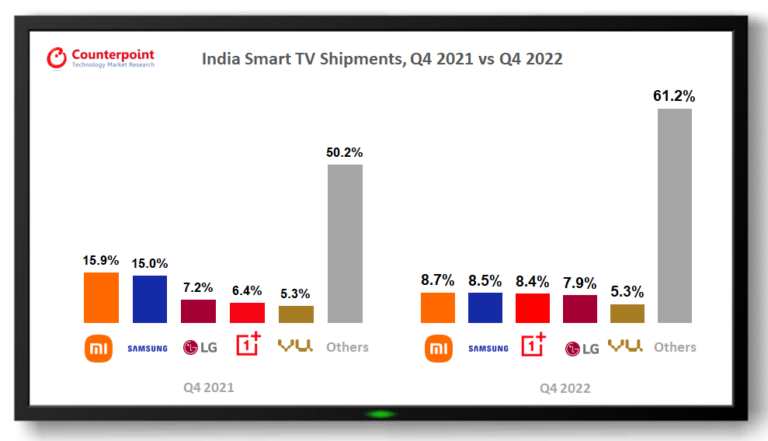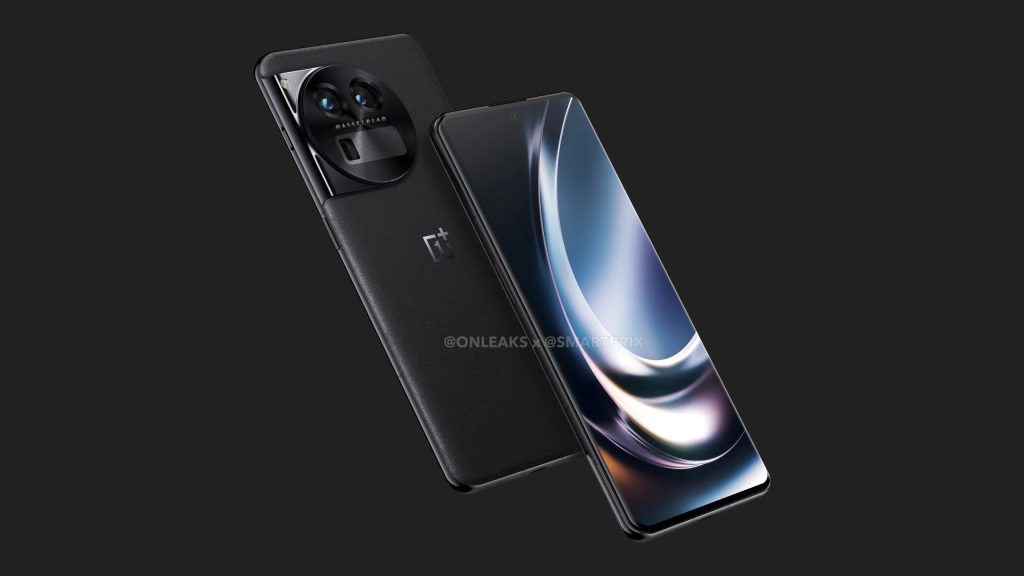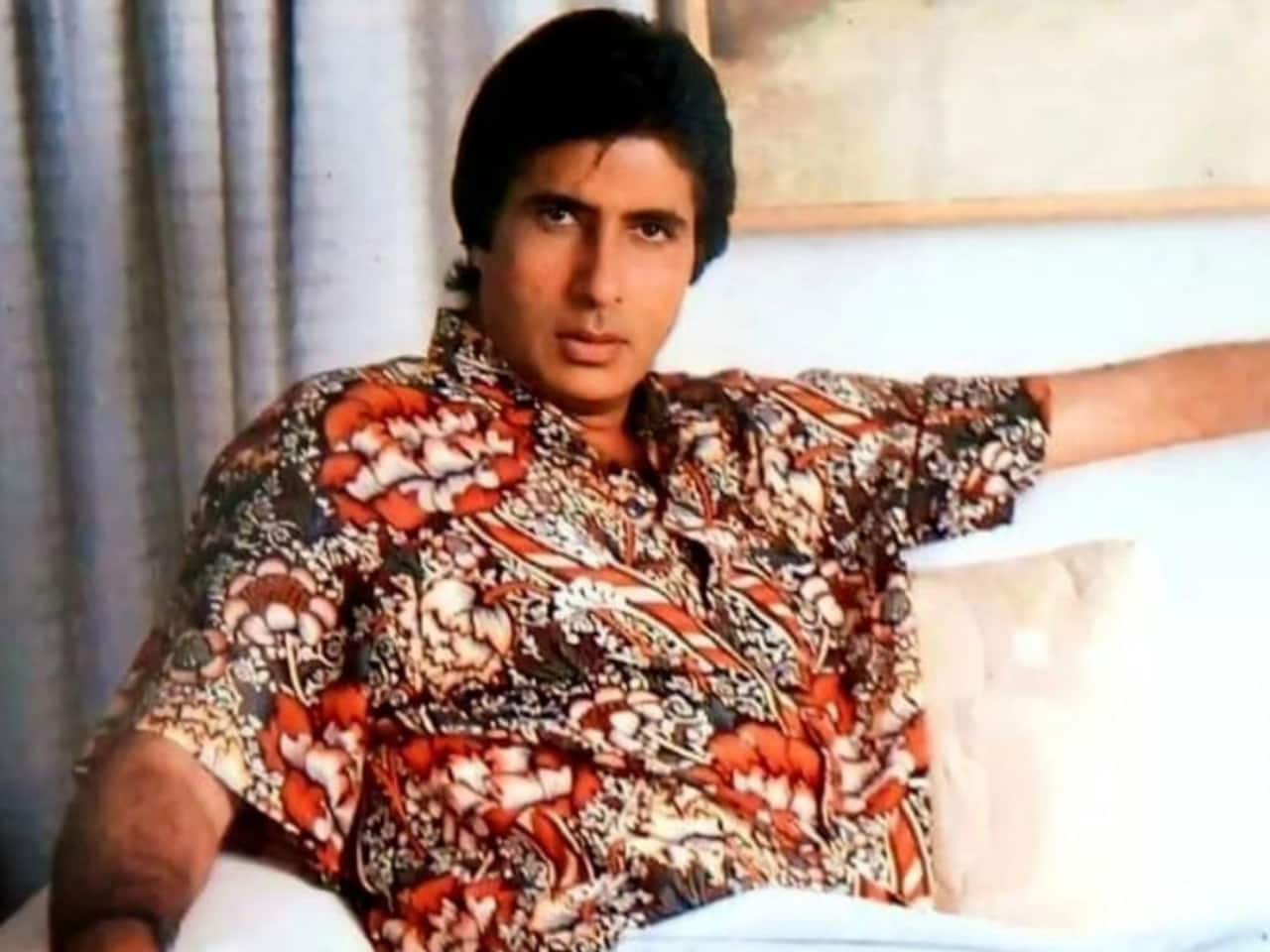
Counterpoint’s IoT Service reported a 28% YoY increase in smart TV shipments in India in 2022, with a major boost coming from the festive season in Q3. Multiple new launches, discounts and promotions, and demand for large-screen TVs in lower price ranges also contributed to the growth.
However, Q4 2022 saw only a 2% YoY growth due to a decline in demand after the festive season. In an earlier report, Counterpoint stated that ‘Made in India’ TV shipments had grown by 33% YoY in Q3 2022.
![]()
Market summary for 2022
- Xiaomi leads the Indian smart TV market with an 11% share, driven by the Mi TV 5A series and Redmi Smart TV series.
- Samsung ranks second and launched new models in its T4000 series and premium QLED TVs. It offered discounts and smartphones during sales events.
- LG ranks third and launched new models in the 32” segment and premium QNED TVs. It offered no-cost EMIs, product insurance, and cashback during sales events.
- OnePlus ranks fourth with 80% YoY growth and captured the second position in the INR 30,000 price range and >50” screen size.
- More than 99% of the TVs are assembled locally, with some high-end TVs being imported.
- MediaTek chips had around a three-fifths share of the total TV market.
- Smart TVs are coming with new features such as integrated soundbars, video call facility, higher refresh rates for immersive gaming experience, and free Live TV channels.

Market summary for Q4 2022
- Smart TV shipments grew only 2% YoY due to a post-festive slowdown.
- Xiaomi remained the top brand with 9% market share, followed by Samsung and OnePlus at 9% and 8%, respectively.
- Global brands (excluding Indian and Chinese) captured a 39% share, while Chinese and Indian brands had 32% and 29% shares, respectively.
- Smaller 32″ TVs made up the majority of the market (47%) due to their lower price point.
- OnePlus, TCL, and VU experienced the fastest growth in the sub-INR 30,000 price range, driven by the release of new models and consumer popularity.




